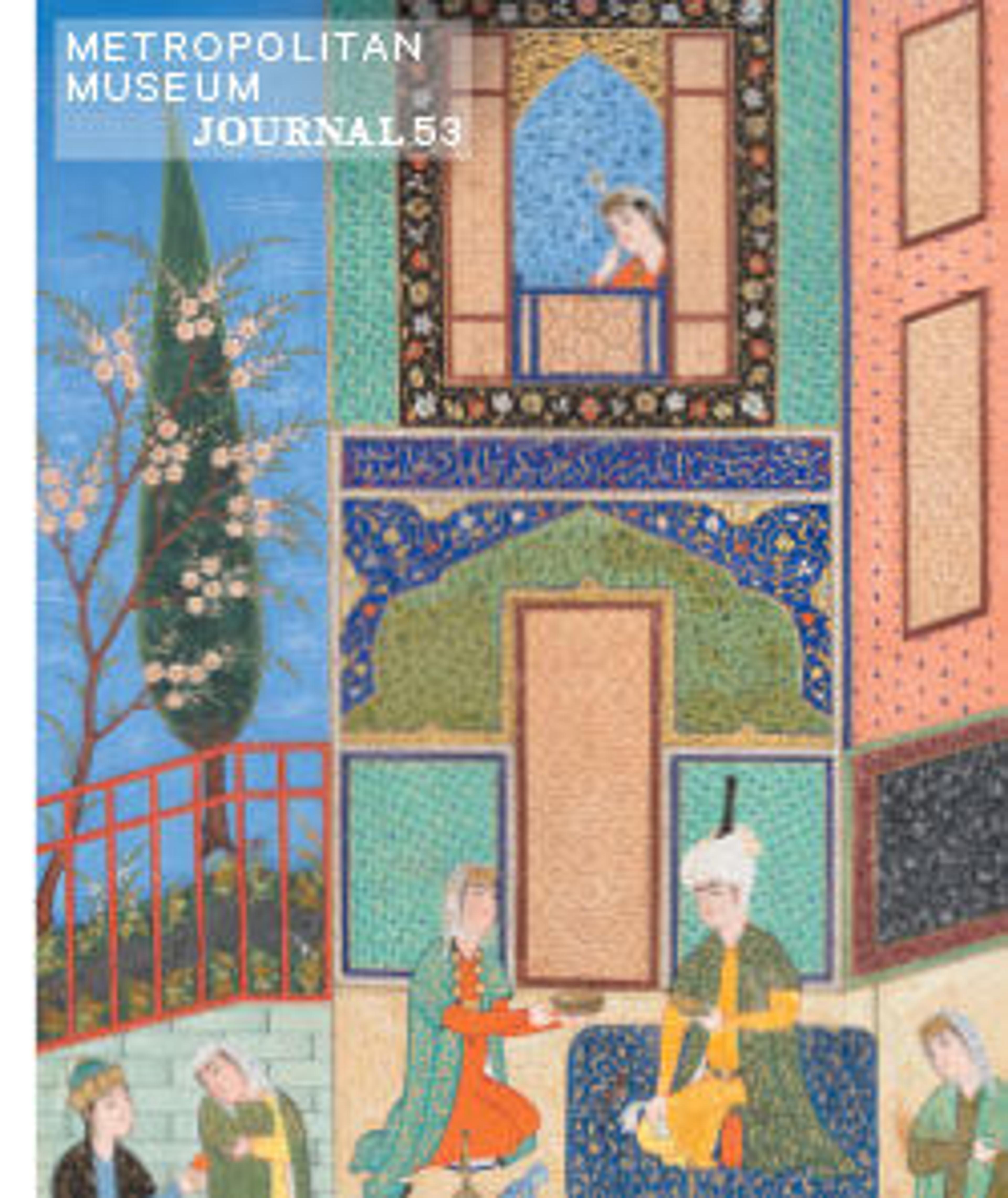Engraved Lamp Stand with Interlocking Circles
The verses inscribed around this lamp stand embody spiritual metaphors comparing the beloved to a candle and the lover to a moth attracted to its light. The verse by an unidentified poet encircling the middle portion of the stand reads:
I said to the candle: "What is this moth around your face?"
It said: "I am the sultan of beauty—what is the desire of the moth?"
I said to the candle: "What is this moth around your face?"
It said: "I am the sultan of beauty—what is the desire of the moth?"
Artwork Details
- Title:Engraved Lamp Stand with Interlocking Circles
- Date:probably 16th century
- Geography:Attributed to Iran
- Medium:Brass; cast, engraved, and inlaid with black compound
- Dimensions:H. 11 7/8 in. (30.1 cm)
Diam. of base: 7 1/4 in. (18.4 cm)
Diam. of rim: 4 in. (10.2 cm) - Classification:Metal
- Credit Line:Gift of Joseph W. Drexel, 1889
- Object Number:89.2.197
- Curatorial Department: Islamic Art
More Artwork
Research Resources
The Met provides unparalleled resources for research and welcomes an international community of students and scholars. The Met's Open Access API is where creators and researchers can connect to the The Met collection. Open Access data and public domain images are available for unrestricted commercial and noncommercial use without permission or fee.
To request images under copyright and other restrictions, please use this Image Request form.
Feedback
We continue to research and examine historical and cultural context for objects in The Met collection. If you have comments or questions about this object record, please contact us using the form below. The Museum looks forward to receiving your comments.
